You might be drinking water from the last Ice Age, and 16 other striking facts about Earth's life-giving liquid
$0.002 per gallon is the average cost of US municipal tap water.

People pay hundreds or thousands of times more for bottled water than tap water.

In most places in the US, there's no real difference between the bottled stuff and what comes out of a hose.
The panel referenced a classic episode of Penn and Teller in which they fill up bottles with a garden hose and serve the water in a fancy restaurant. (No unsuspecting patron was the wiser.)
What's more, bottled water requires 5 to 11 times more water to produce than the bottle holds.
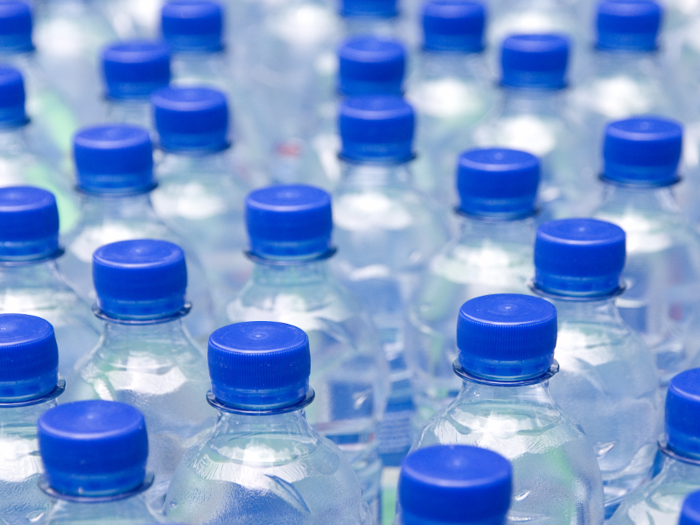
Kathryn Sullivan, the former administrator of NOAA, the government agency that studies Earth's water stores, said most of that waste comes from filtering. The process can waste up to nine times more water than actually gets bottled.
Making the plastic bottle also demands twice as much water as the bottle's volume. Add in the fuel to make the plastic and ship the filled-up bottles, and you’re staring at a significant environmental conundrum.
"Our world is topsy-turvy," Sullivan said at the AMNH event. "We pay more for bottled water than we pay for oil or gas or Coca-Cola."
Agriculture uses about 80% of all US freshwater.
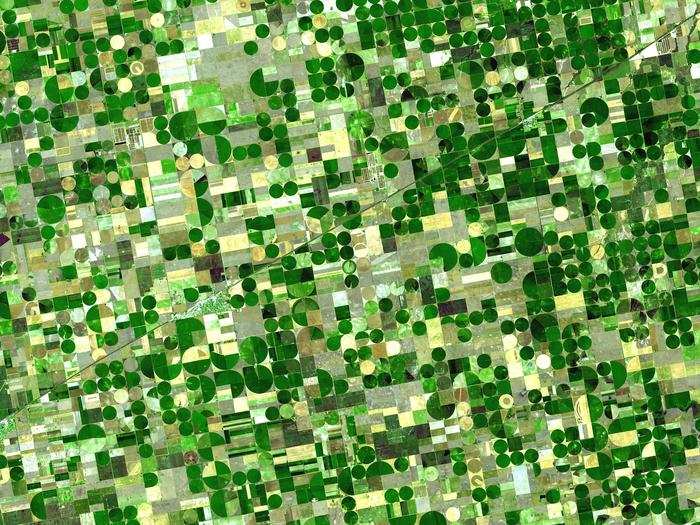
But only 10% of farmers monitor how much water their soils actually need, said Tess Russo, a hydrologist who estimates water availability around the globe.
But that's just the average; during a dry year, farmers in California can use up to 90% of the state's water.
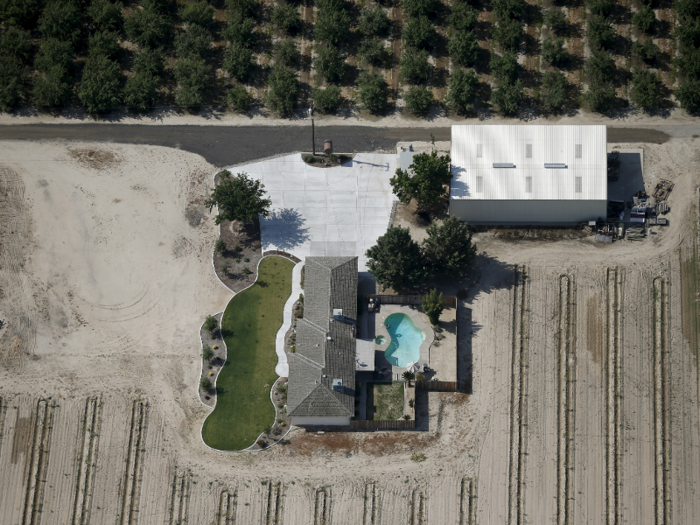
Drought in California isn’t just a California problem though, said planetary astronomer Heidi Hammel, who’s scoured the Solar System for water. More than half of US vegetables, fruits, and nuts come from the Golden State.
In fact, almost all almonds, artichokes, dates, figs, kiwis, olives, pistachios, pomegranates, walnuts, garlic, plums, broccoli, nectarines, canned tomatoes, celery, apricots, wine grapes, strawberries, avocados, lemons, and carrots are grown there. (Did we mention California also produces a huge percentage of feed for meat and dairy production?)
You might be drinking aquifer water from the last Ice Age.
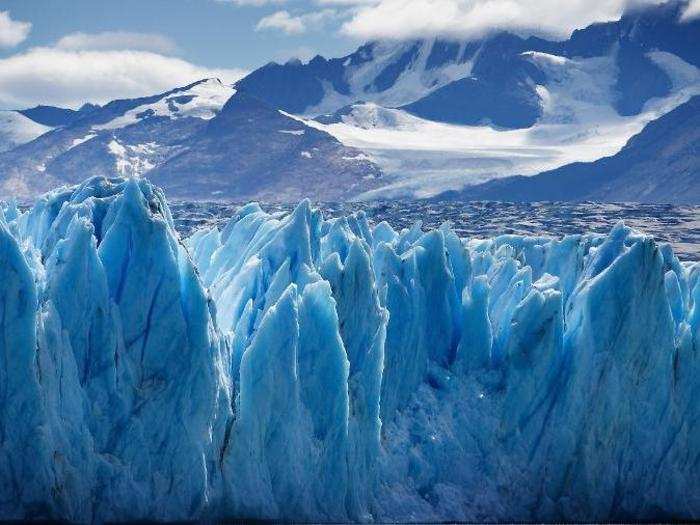
We’re pumping so much groundwater in some locations, Russo said, that there isn't time for it to get replenished naturally via rain, melting snow, and other sources.
Some aquifers have been left with only the glacial melt-water deposited there about 10,000 years ago.
Pumping water is causing earthquakes, landslides, sinkholes, and more.
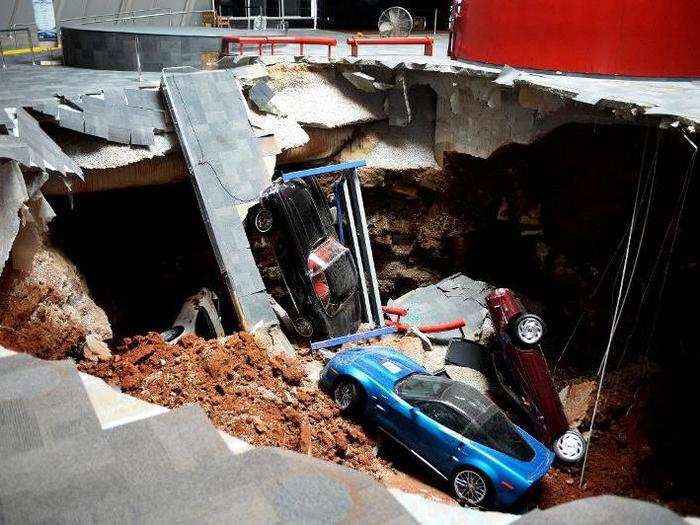
Russo noted that parts of northern California are actually rising because the state is pumping out so much water — because the process makes the Earth’s crust lighter and more buoyant.
"That crust material [is] floating … and releasing parts of the pressure on the San Andreas [Fault]" and triggering earthquakes, she said.
The average Las Vegas resident uses twice as much water as a New Yorker, but it rains 10 times more in the Big Apple.
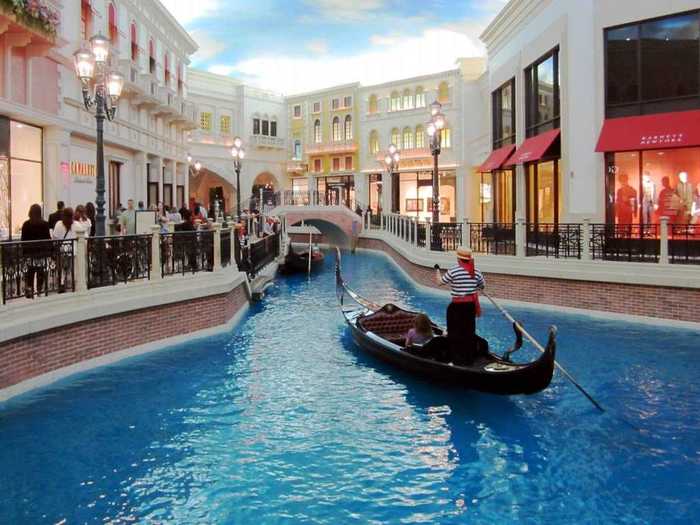
"Those sorts of asymmetries are just crazy,” Sullivan said. And with climate change mixing up weather patterns we’ve grown accustomed to, we can expect more of these disparities.
Agriculture in Nevada uses 90% of the state's water, yet only employs about 6,000 people.
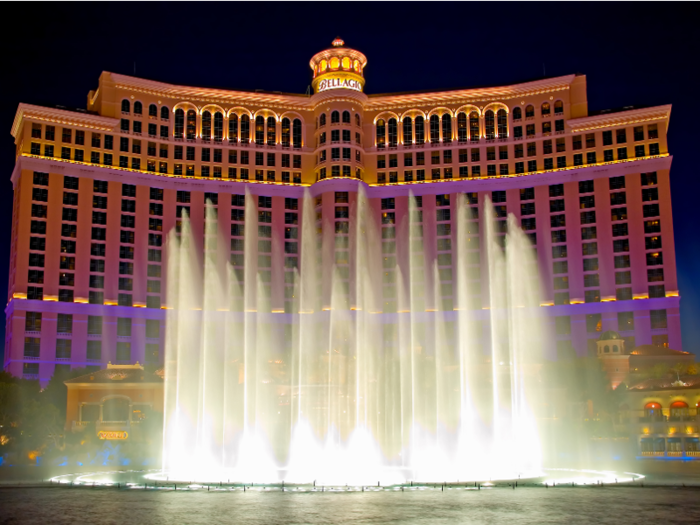
"The Mirage Hotel — singular — in [Las] Vegas employs more people than that," said Ellen Stofran, NASA’s chief scientist. "We have to start valuing water as a precious, finite commodity."
Legal battles over water are being fought in many US states.
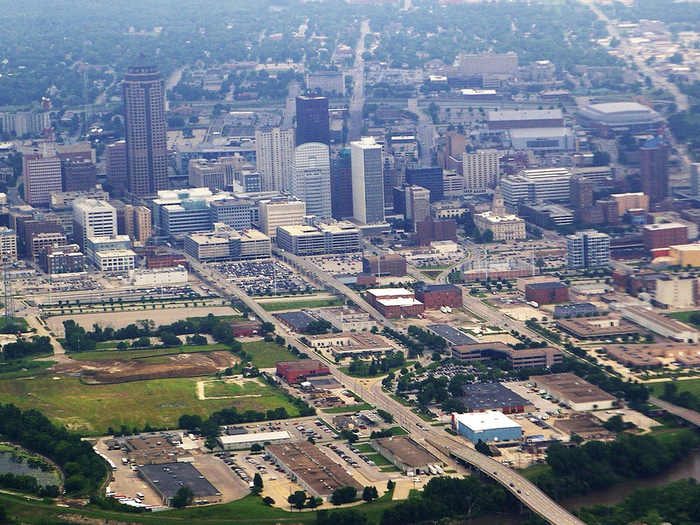
Stofran used Des Moines, Iowa's municipal utility as an example.
The city sued three upstream counties for dumping too much nitrate into the Raccoon River, which feeds the city freshwater. The city lost, but an Iowa Supreme Court ruling overturned the decision.
In the 1970s, a Saudi Arabian prince started an iceberg-towing company.
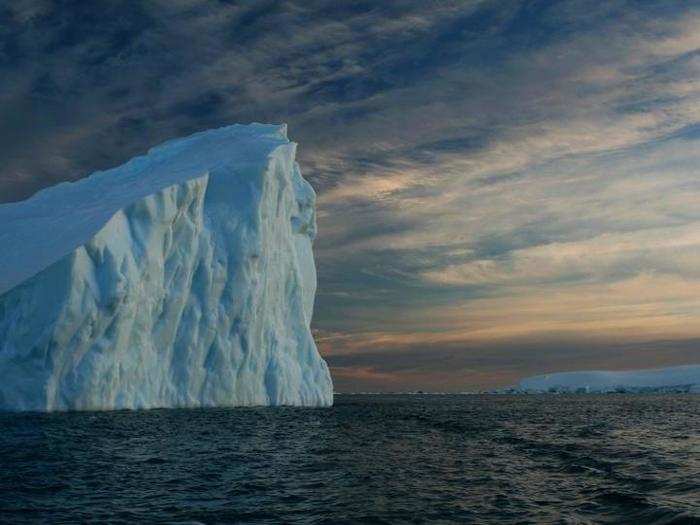
Mohammed al Faisal once established "Iceberg Transport International” (ITI) to tow Antarctic ‘bergs to Mecca and melt them into freshwater, said retired U.S. Air Force General Charles Wald, who's seen water's importance in armed conflict.
ITI estimated it’d cost $100 million to tow 100 million tons of ice, and that the trip would take eight months, according to The Atlantic. But after debating the scheme in an international conference and testing it in the San Francisco Bay with a giant block of ice, the company determined the plan wouldn’t work.
Towing icebergs remains uneconomical today.
85% of the water on the International Space Station is recycled.
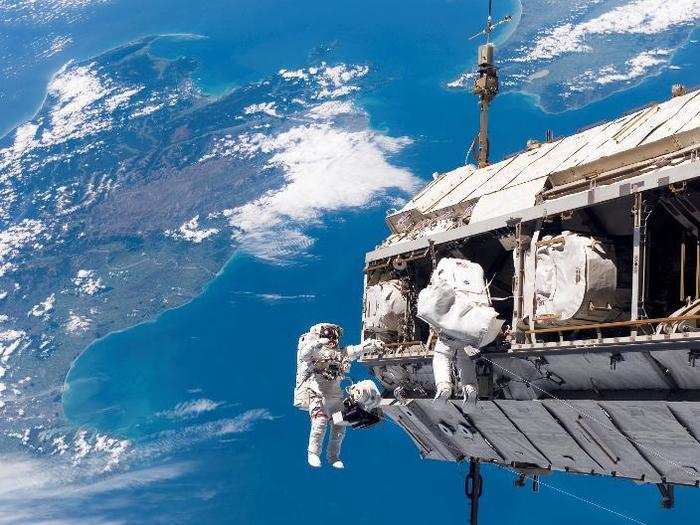
If you’re hip to space operations lingo, reusing what you’ve got is called "in situ resource utilization."
Most ISRU water comes from condensed astronaut breath, sweat, and urine. Yes, NASA installed a fancy pee-recycling machine in 2008 to avoid launching 2,800 liters (740 gallons) per year into low-Earth orbit. (And the water tastes great!)
This is important when talking about a human mission to Mars. Stofran said we’ll need to boost water recycling capabilities to 95%, since water is a heavy thing to launch into space.
"Mars is [also] a pretty harsh place. It’s not a live-off-the-land kind of place," Stofran said.
Suspected depth of Martian aquifers: 1 kilometer (0.62 mile)
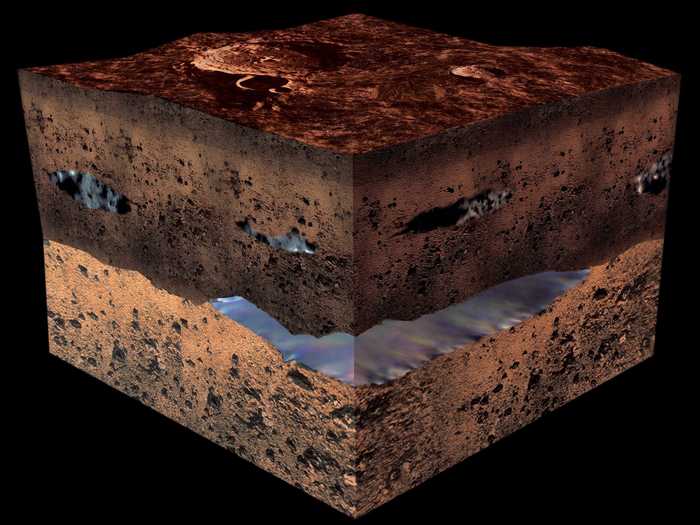
While Mars seems dry and dusty in images, it does seem to have water deep below the surface. "It gets warmer as you go deeper,” Hammel said. "There should be a water table on Mars.”
Trouble is, we don’t have a drill that can go that deep into the Martian surface. Yet.
The US will never run out of water.
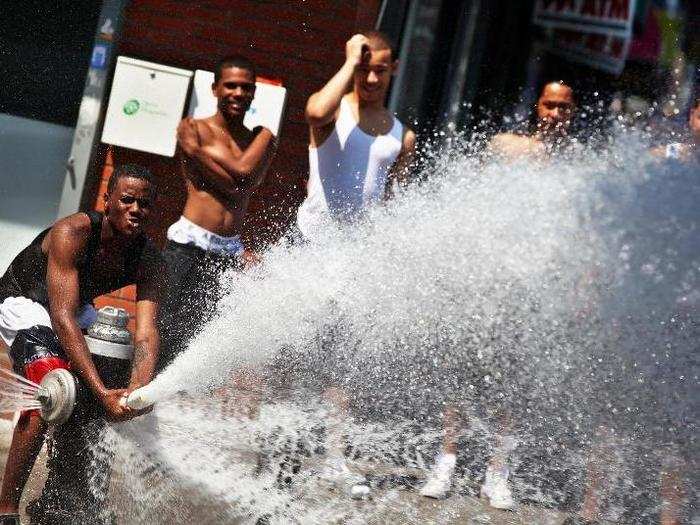
All of the experts agreed on this point, since there are replenishable supplies of freshwater available across the country (unlike some dry, land-locked nations).
But this abundance creates a huge problem: It means people living in the US — one of the wealthiest nations in the world — rarely feel the strain that others do on their water sources.
General Wald said in Ethiopia, for example, he’s met people who walk 6 hours to fill up water containers and bring them back to their village. And during conflict in the Middle East, he adds, attackers often target armored convoys in part to steal their potable water.
In the Gaza Strip, for instance, 95% of the water isn't safe to drink.

Gaza is about the size of Washington D.C. and borders the Mediterranean Sea, but it has no desalinization plants to convert that salty seawater into something drinkable.
Many aquifers in the region are also contaminated with sewage or seawater, so the more than 1.8 million people who live there are outstripping the region's ability to supply freshwater.
Meanwhile, General Wald noted, Coca-Cola built a bottling plant in Gaza — even though making soda consumes an incredible amount of freshwater.
In fact, it might take between 168-309 liters (44-82 gallons) of water to make a single half-liter (16.9-oz) bottle of cola.
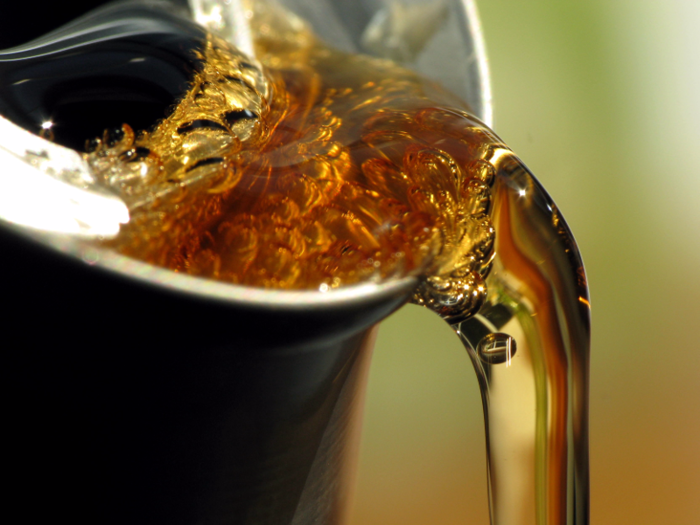
A study from 2010 estimated the "grey water footprint" of cola (i.e. the water dirtied during manufacturing) to be roughly 20 to 40 times as much water as there is in a half-liter bottle. That number doesn't even including the water required to grow the beverage's source of sugar — usually corn.
Add that and other water used during manufacturing and transport, and the amount of water per bottle skyrockets.
Around 2030, there could be a "very serious" worldwide water crisis.
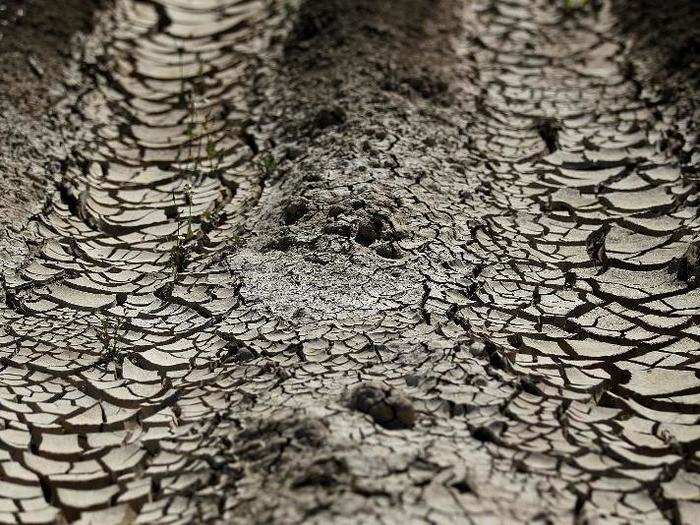
Naturally the military is worried about it: "Water wars are not new," General Wald said. "If anything they’re being exacerbated."
He cited Egypt's constant threat of war with Ethiopia over the Grand Ethiopian Renaissance Dam — a $5 billion hydroelectric plant on the Blue Nile, a major southern tributary of the Nile River (you'll recall the Nile flows North).
Completing that project would mean holding back the tributary's waters for a year while the dam fills up, threatening Egypt’s water supplies and the capacity of its hydroelectric dam on Lake Nasser.
Neil Degrasse Tyson suggested "we’re going to have to hit bottom," before we wake up and realize just how bad things are — and start focusing on innovations to solve water shortages.
Until then, today is a good time to savor cheap, reliable, and free-flowing freshwater.
Disclosure: The author is married to a communications employee at the American Museum of Natural History.
Popular Right Now
Popular Keywords
Advertisement